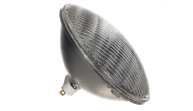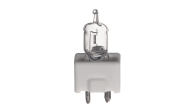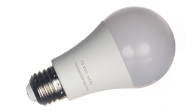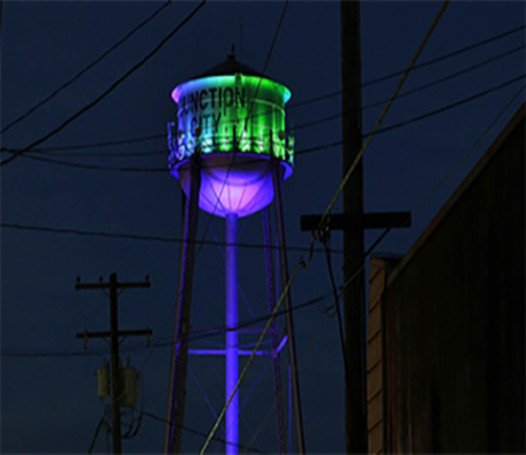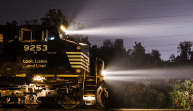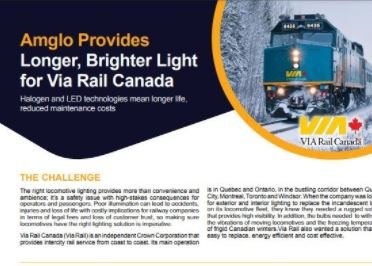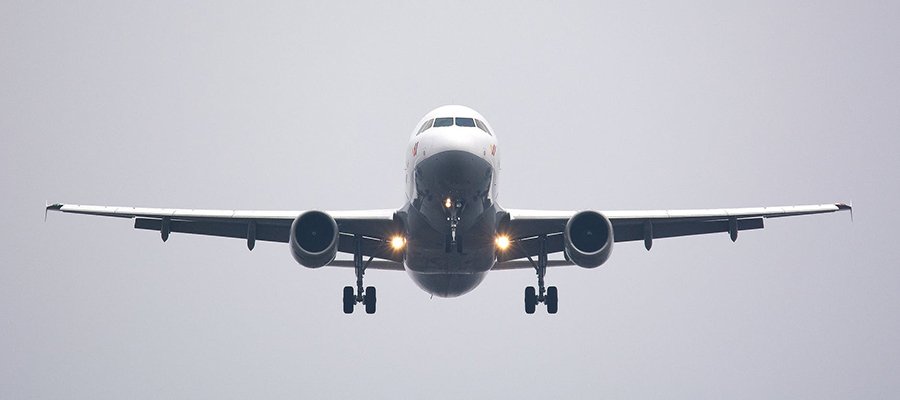
Lighting Up the Skies Affordably: Maximizing ROI for Aircraft Lighting
Welcome Summer 2021! We are excited to enjoy a summer full of travel as cities open up, and we aren’t alone. There has been a steady increase of travel as many feel safe to fly once again. However, the effects of COVID-19 on commercial airlines and their maintenance teams has been difficult at best. Therefore, keeping a close watch on expenses has never been more important when it comes to maximizing operating efficiencies. Airlines are putting more emphasis on aircraft maintenance to reduce costs and ensure maximum return on every investment.
When it comes to aircraft lighting, an important question in evaluating value is the total cost of ownership over a lamps useful lifetime. This includes the initial price, cost of maintenance labor hours when the lamp needs to be replaced, as well as the lost revenue from flight delays or downtime. At Amglo, we have the answer: Invest in lamps that deliver the most in terms of performance and longevity. Lamps that fail more frequently, despite their less expensive initial cost, can run up unexpected expenses.
Most important when choosing lamps for any type of aircraft, all products should meet or exceed the standards set by American National Standards Institute (ANSI), the FAA and/or are manufactured by an OEM and are approved by those organizations. There are four types of lamps commonly used for external aircraft lighting: incandescent, halogen, xenon and LED.
1. Incandescent lamps are used for landing, taxi and identification lighting. They are typically used by private pilots or military aircraft because of the restrictive rules and regulations for commercial fleets. Incandescent lamps don’t offer the same optimum longevity or light output. The low cost of these lamps can be enticing, but they require more frequent lamp changes and those come with more frequent labor costs. On top of the cost of the lamp and the labor, there is the additional cost of a plane’s downtime with pilots, crew and fuel figured in.
2. Halogen lamps can be used for all of an aircraft’s exterior lighting which includes landing lights, taxi lights, tail lights and logo lights. These are currently the most widely used lamps for commercial aircraft as well as for business and general aviation because they are cost-effective, durable and reliable. Halogen lamps can last up to (if not more than) 100 hours of lamp life. Fewer lamp changes means more flight hours which reduces operating costs.
3. Xenon flashlamps are primarily used for wing tip and other identification lighting and could be the strobes or flashing lights on aircraft wing tips and tails. They produce light by passing electricity through ionized xenon gas at high pressure. The life of xenon lamp is entirely dependant on the number of flashes emitted, but typically last between five and ten million flashes. Their costs are similar to halogen lamps and xenon lamps.
4. LED lamps may be the leading lamps for aircraft manufacturers. However, it is important to note that LED lamps may not be compatible with older aircraft. They also may emit too much light on these older planes, affecting visibility. For this reason and more many commercial airlines will not put LED lights into their existing fleets that cannot properly accommodate them.
It is important to consider the potential use, the cost, longevity and downtime for lamp replacement when deciding which lamp is best for an aircraft. Since 1935, we have guided our customers to choose the lamp that best suits their needs. We want to help find our customers a reliable and long lasting solution at the right price to reduce costs and ensure maximum return on every investment.


